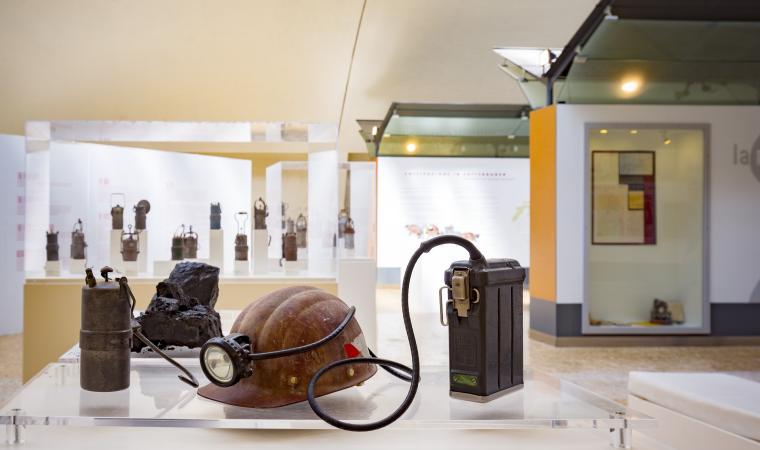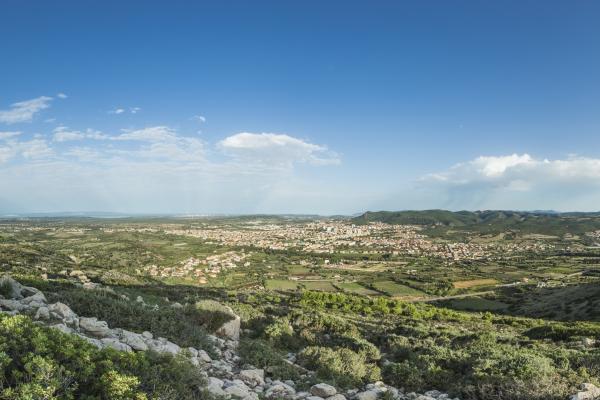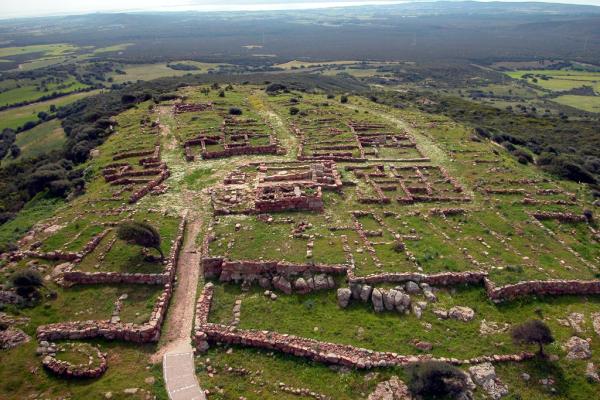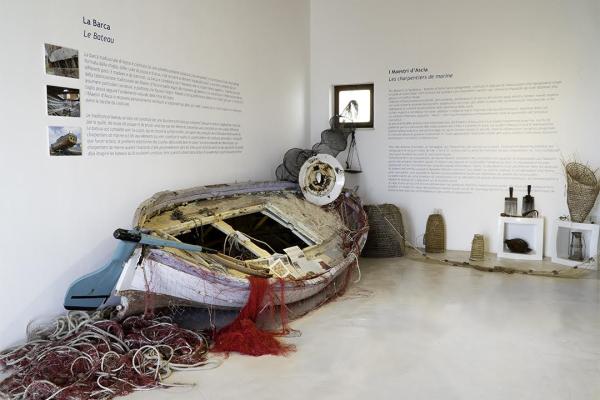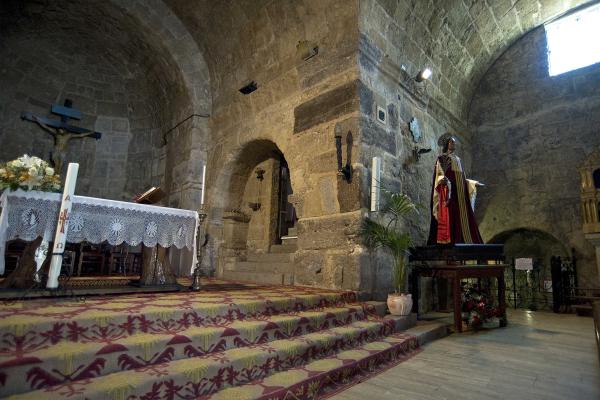A leap back in time to a past of work and fatigue, partly forgotten and now recovered. The mining site of Serbariu, a district of Carbonia, an extensive deposit from 1937 to 1964, characterized the economy and the society of the Sulcis subregion and represented a vital energy resource for Italy. The coal basin had an extension of 33 hectares, nine extraction wells and one hundred kilometres of tunnels (that reach 179 metres in depth). Workers from all over Italy were recruited to extract coal: 16 thousand miners resided in Carbonia, which was built in 1938 to accommodate them. Today, after recovery work, it has become the Coal Museum and was reopened to the public in 2006. The restructured complex, which perfectly represents the world of mining, will lead you through life during those years. In the lamp room, you will get to know the history of mining and of the town, through the precious collection of mining lamps, work tools, objects used in everyday life, photographs, documents, films from the period and video-interviews.

Museums
The main source of evidence of the extraction activities that animated the Sulcis economy, in the southwestern part of Sardinia, until the 1960s: in Carbonia, you will go on a journey back in time to see the industrial architecture and life of those times
The main source of evidence of the extraction activities that animated the Sulcis economy, in the southwestern part of Sardinia, until the 1960s: in Carbonia, you will go on a journey back in time to see the industrial architecture and life of those times
Approfondimenti
See this place because...
You will discover, in person, what lies behind the scenes of the extraction and processing of coal, an activity that characterized Sulcis, in a detailed and multimedia museum itinerary
Pictures and videos
Nearby
Dove si trova
Il Museo del carbone si trova presso il Centro Italiano della Cultura del Carbone, che ha sede nell’insediamento della ex miniera carbonifera di Serbariu, a Carbonia.
Come arrivare
Dal centro di Carbonia, procedi verso viale Trieste provenendo da via Roma. Alla rotonda segui il cartello per la Grande Miniera di Serbariu.
Admission
Free admission
Ti piace questo luogo? Cagliari e Sant'Antioco potrebbero essere la tua meta ideale.
You may also like
More attractions in the vicinity


